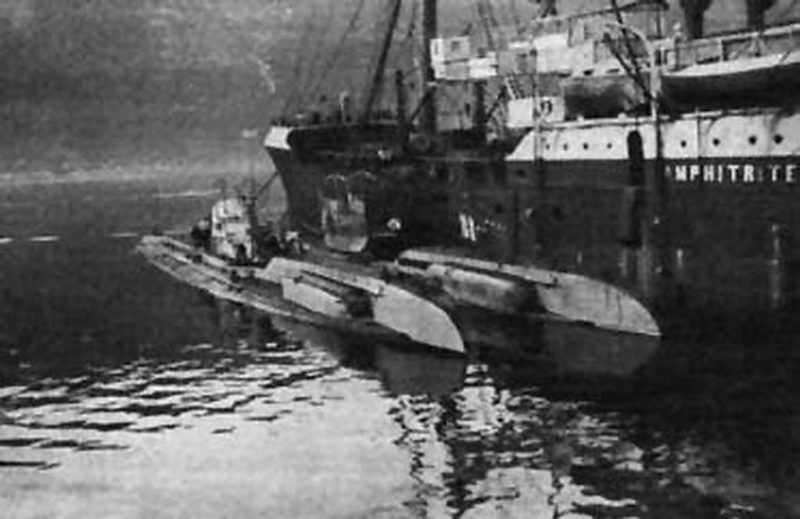100 years after it sank in World War I, the German U-boat UC-32 was destroyed off the coast of Sunderland in Tyne and Wear.
A crowd of hundreds gathered to watch the HMS Blyth destroy the remains of the submarine near Roker Pier after an unexploded torpedo was discovered in the wreckage. The submarine was lying in 13m of water, in three broken sections, with her batteries and all her parts strewn all over the seabed.
Sunderland was a shipbuilding town, so the Germans targeted it as part of their U-boat campaign. Captain Herbert Breyer was the commander of the U-boat, which was sent to lay mines near Sunderland in 1917.
On February 23rd, the first mine they tried to lay had a fault which led to the explosion which sank the sub. Only the commander, Herbert Breyer, and two sailors survived the sinking. They were rescued by an English Patrol Boat after which the wreckage was declared a war grave.
SM UC-32 was a German Type UC II minelaying submarine, the U-boat was ordered on 29th of August 1915 and was launched on the 12th of August 1916. She was commissioned into the German Imperial Navy on the 13th of September 1916 as SM UC-32. The UC II class displaced 417 tons, carried guns, 7 torpedoes and up to 18 mines. The ships were double-hulled with improved range and seakeeping compared to the UC-I type.
In three patrols UC-32 was credited with sinking six ships, either by torpedo or by laying mines.
